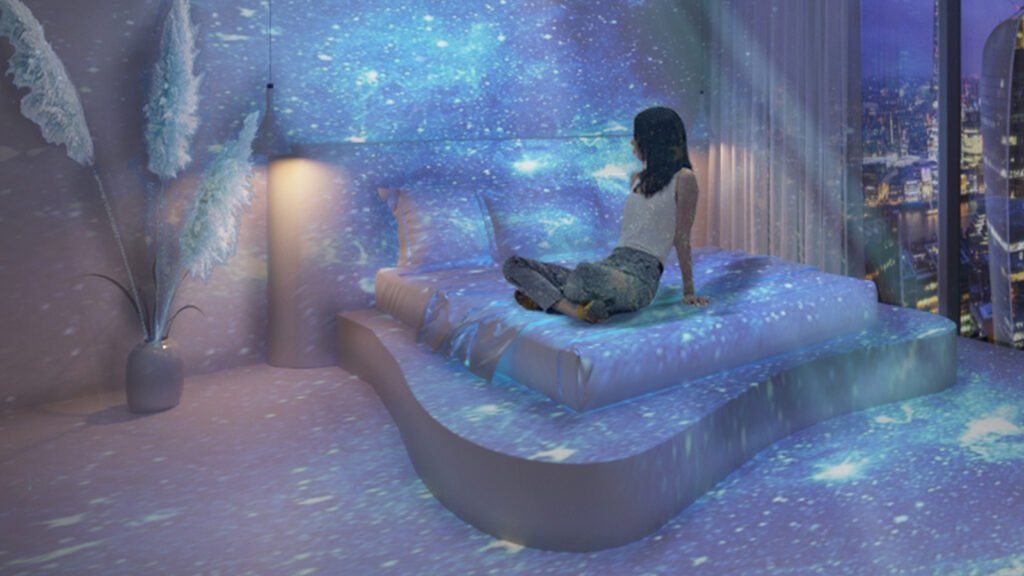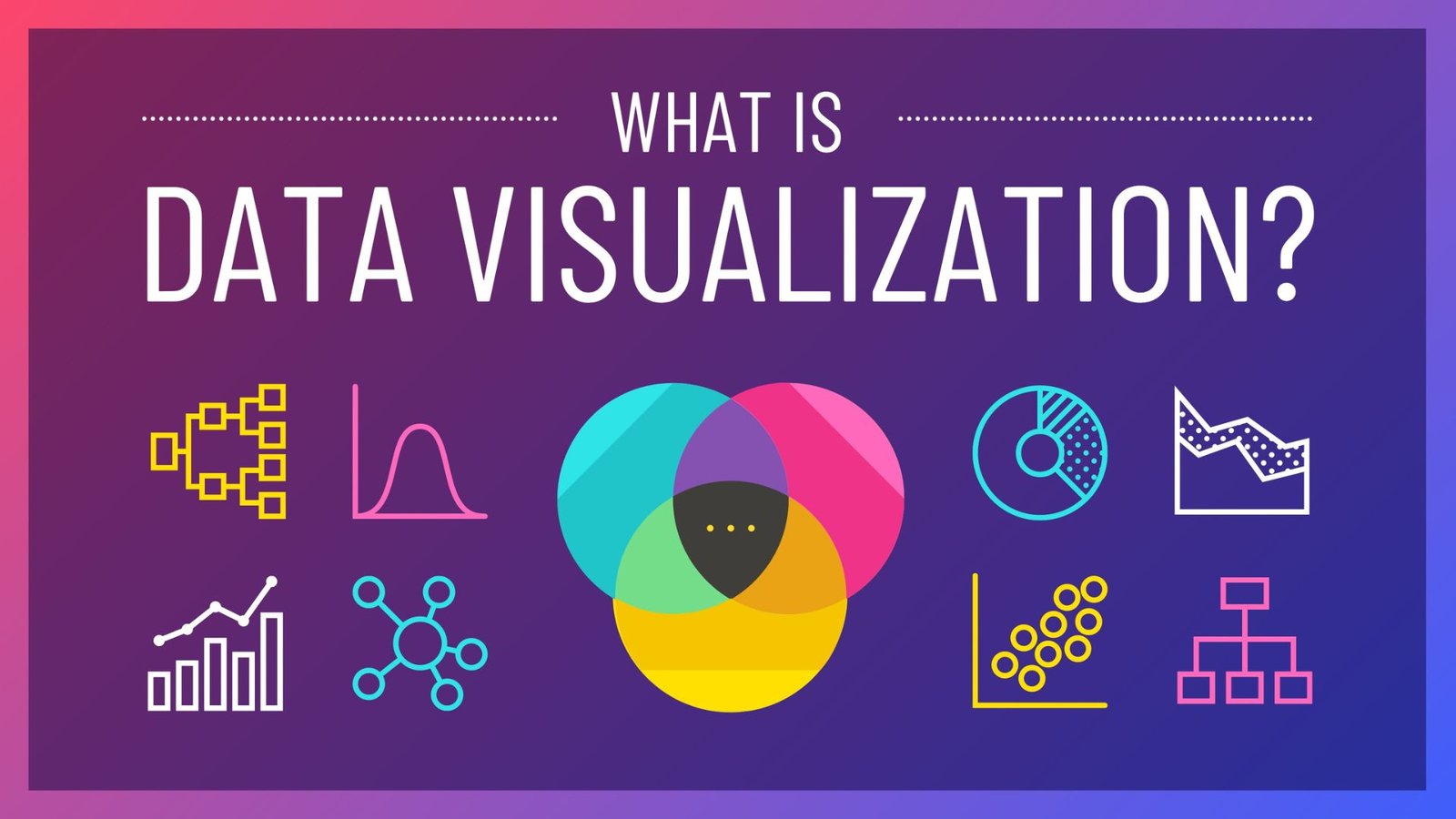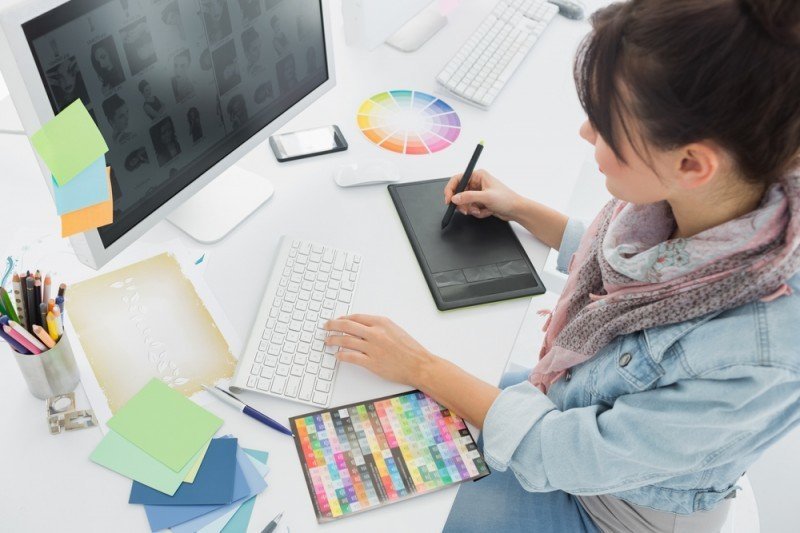Staying updated with the latest visual design trends is essential for creating modern and engaging designs. Trends evolve rapidly in the design world, influenced by technology, cultural shifts, and aesthetic preferences. This article explores some of the top visual design trends currently shaping the industry, offering insights into how you can incorporate these trends into your work.
Minimalism and Simplicity
Firstly, minimalism continues to be one of the top visual design trends. Emphasizing simplicity, clean lines, and ample white space, minimalistic design focuses on removing unnecessary elements to highlight the core message. This trend promotes a clutter-free aesthetic that enhances user experience by making designs more intuitive and easy to navigate.
Moreover, minimalism often involves the use of a limited color palette and straightforward typography. By concentrating on essential elements, designers can create elegant and functional visuals that resonate with users. This approach is particularly effective in web design, where a streamlined layout can improve load times and usability.
Additionally, minimalism aligns with the growing preference for sustainability and eco-friendly practices. By focusing on simplicity, designers reduce the need for excessive resources and create designs that are both aesthetically pleasing and environmentally conscious.

Bold Typography
Secondly, bold typography has emerged as a prominent visual design trend. Designers are increasingly using large, eye-catching fonts to make strong statements and capture attention. Bold typography not only adds a dynamic element to designs but also helps emphasize key messages and calls to action.
Furthermore, this trend often involves experimenting with different typefaces and font styles. Designers are exploring creative ways to integrate text into layouts, using contrasting fonts and innovative text treatments to create visual interest. Bold typography is effective in branding and marketing materials, where making an impact is crucial.
In addition, incorporating bold typography can enhance readability and ensure that important information stands out. By strategically placing large, attention-grabbing text, designers can guide viewers’ focus and improve the overall effectiveness of their designs.
Dynamic Color Palettes
Moreover, dynamic color palettes are becoming increasingly popular among top visual design trends. This trend involves using vibrant, unexpected color combinations to create energetic and visually stimulating designs. By incorporating bold and contrasting colors, designers can evoke emotions and create memorable experiences.
Additionally, dynamic color palettes often include gradients and color transitions. These techniques add depth and dimension to designs, making them more engaging and visually appealing. For example, gradients can be used to create smooth transitions between colors, adding a sense of movement and fluidity.
Furthermore, the use of dynamic colors can enhance brand recognition and differentiate designs in a crowded market. By choosing colors that align with a brand’s identity and values, designers can create a distinctive visual presence that resonates with the target audience.
3D and Immersive Experiences
Furthermore, 3D and immersive experiences are gaining traction as one of the top visual design trends. Advances in technology have made it possible to create realistic 3D visuals and interactive experiences that captivate users. From 3D animations to virtual reality (VR) environments, this trend is transforming the way designers approach visual storytelling.
Moreover, 3D design adds depth and realism to visuals, making them more engaging and immersive. This trend is particularly effective in industries such as gaming, entertainment, and product design, where creating a sense of presence and interaction is essential.
Additionally, immersive experiences, such as augmented reality (AR) and interactive web elements, are enhancing user engagement. By incorporating these technologies, designers can create unique and memorable experiences that leave a lasting impression on users.
Custom Illustrations and Graphics
In addition, custom illustrations and graphics are becoming a staple in top visual design trends. Rather than relying on stock images, designers are increasingly creating bespoke illustrations that add personality and originality to their designs. Custom visuals allow for greater creative freedom and can better align with a brand’s identity.
Furthermore, custom illustrations can enhance storytelling by visually representing concepts and ideas in a unique and engaging way. This trend is particularly effective in branding and content marketing, where creating a distinctive and memorable visual identity is crucial.
Moreover, the use of custom graphics helps designers stand out in a sea of generic imagery. By investing in original illustrations, designers can create visuals that resonate more deeply with their audience and reinforce their brand’s message.
Conclusion
In conclusion, staying ahead of the curve involves embracing top visual design trends such as minimalism, bold typography, dynamic color palettes, 3D and immersive experiences, and custom illustrations. By incorporating these trends into your work, you can create modern and engaging designs that capture attention and effectively communicate your message. As trends continue to evolve, remaining adaptable and open to new ideas will ensure that your designs remain relevant and impactful.




